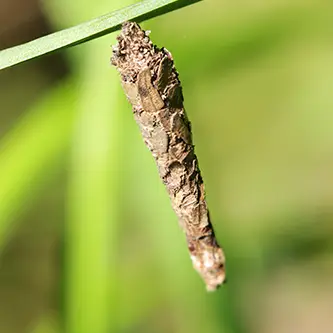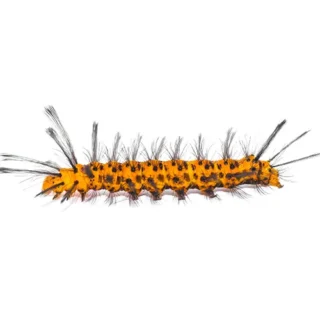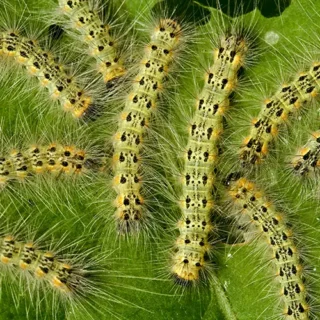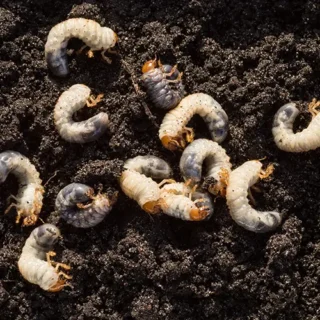Bagworms in McAlpin
Bagworms are unique caterpillars that construct protective cases, or bags, made from silk and bits of plant material. These bags serve as both shelter and camouflage, resembling natural debris hanging from tree branches. The caterpillars themselves are small and elongated, usually between 1/8 to 2 inches in length, and they have a variety of appearances depending on their species and host plant. Bagworms are predominantly found on trees and shrubs, which serve as a food source.
Bagworm Habitat
Bagworms often gather in large numbers on their favorite host plants, which include juniper, cedar, and pine. That said, they can be difficult to spot in the larval stage because they build unique silken bags around their bodies to serve as protection while they feed and grow. Interestingly, female bagworms remain in their bags throughout their lives, while male bagworms develop into moth-like insects with wings, allowing them to fly in search of females for reproduction. When fully grown, the male bagworms retain their thick, darkly-colored bodies but sprout translucent, ashy wings and antennae.
Bagworm Behaviors, Threats, or Dangers
Bagworms themselves are not poisonous to humans or pets, but they can cause significant damage to plants as they chew away at foliage. While consuming the leaves, they may cause the tree to become unhealthy or weak, and severe outbreaks could cause plant death. Bagworms are challenging to get rid of once established, as they reproduce quickly and their silk bags provide effective camouflage. Since they can be challenging to spot, many people discover infestations while inspecting pest damage on their trees. Though bagworms can be challenging to get rid of, experts like those at Live Oak Pest Control can help, contact today.
Need help with Bagworm control?
Leave your information below and we’ll be in touch with a FREE quote!
"*" indicates required fields
*During normal business hours. After hours calls will be returned the next business day.





